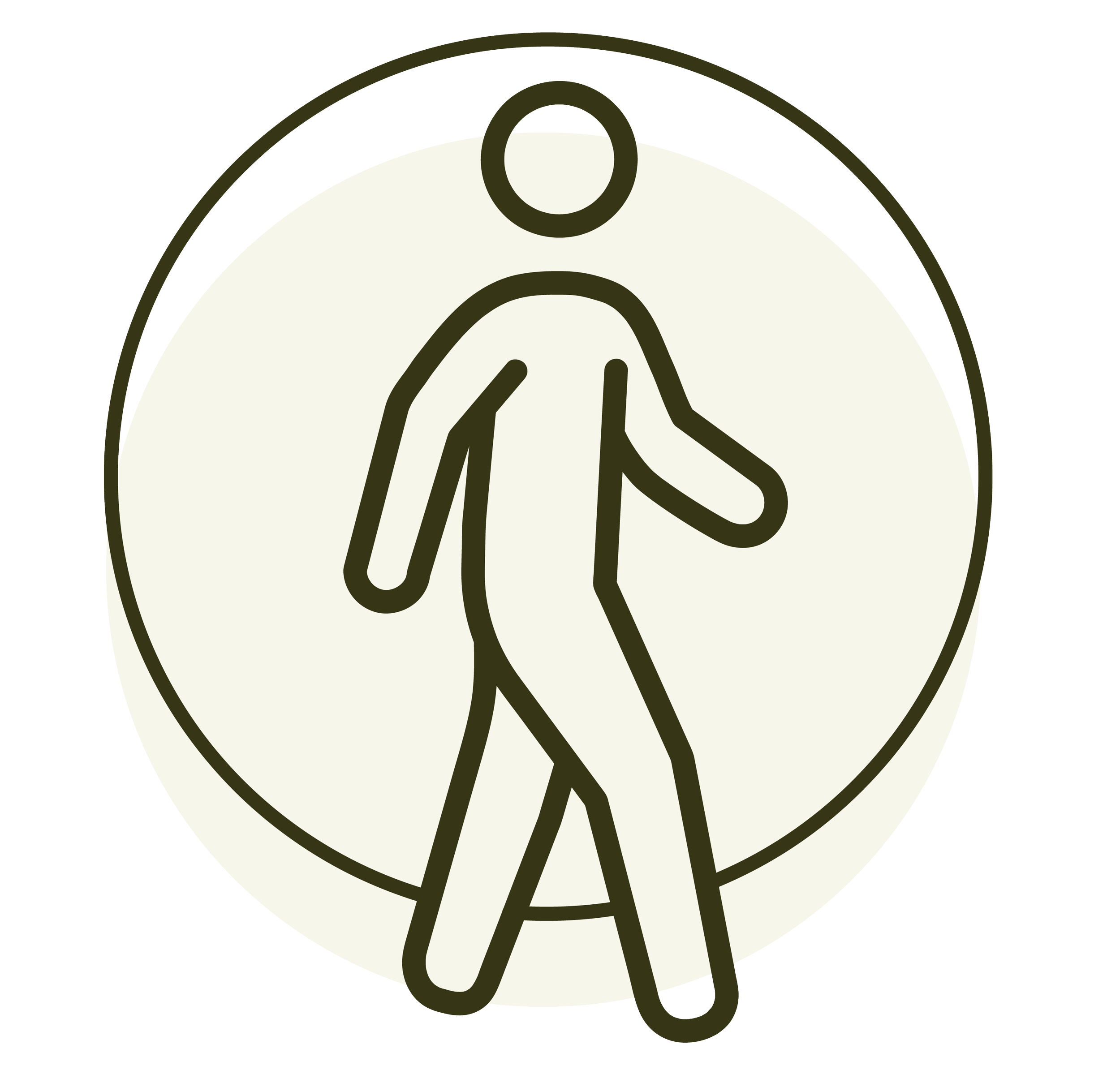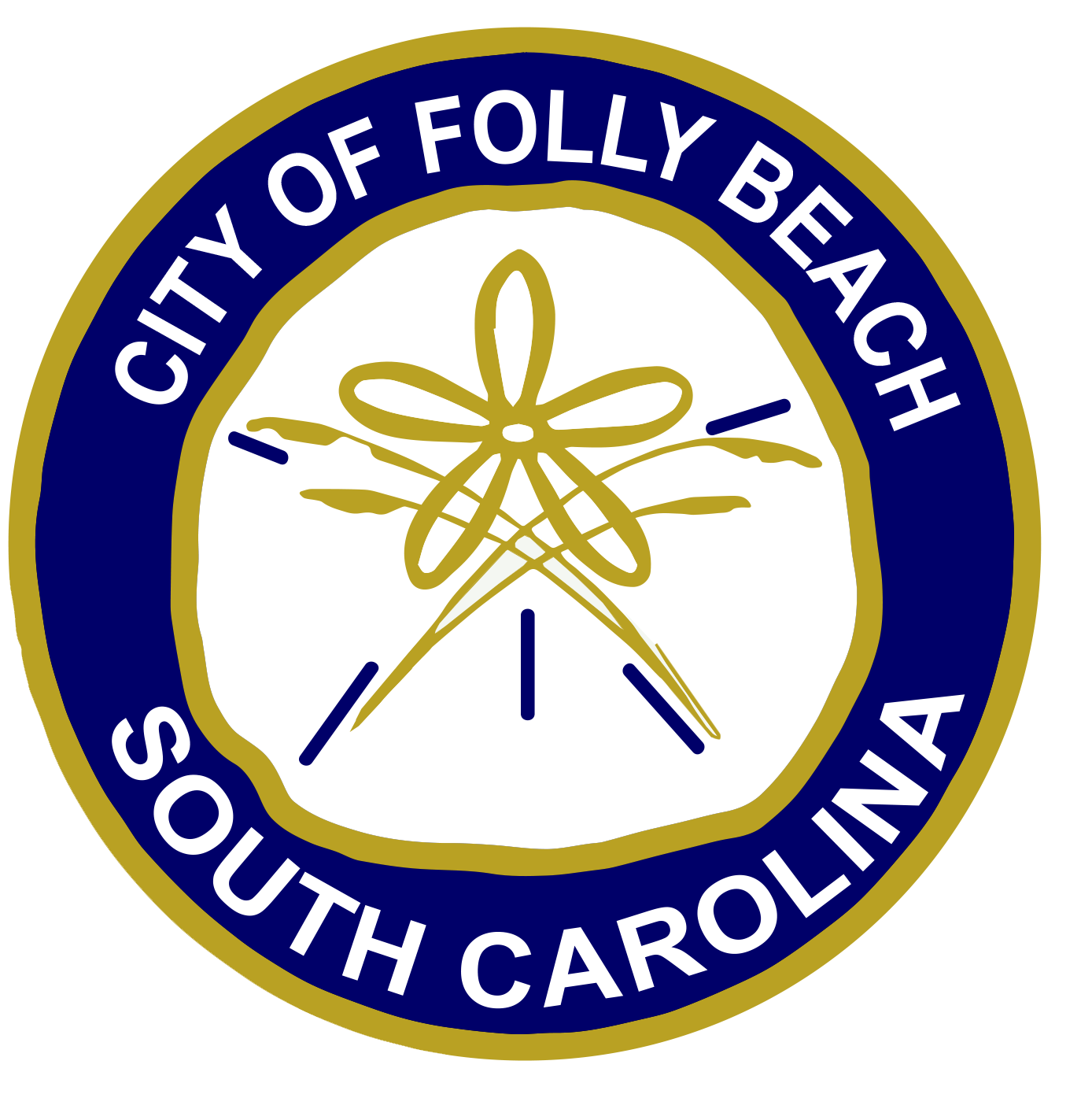this is just the beginning…
In February 2021, City of Folly Beach Council authorized staff to begin studying traffic and parking along Arctic Avenue. Specifically, the City wants to evaluate ways to improve safety, mobility, and accessibility. The study has now reached the planning phase, where a team of roadway, traffic, and drainage engineers will assess the existing conditions of Arctic Avenue and make suggestions on ways to improve the street.
Once the team has identified ways to enhance Arctic Avenue, the City will present the possible design solutions to the public for feedback.
the plan will address
-

safety
Increase visibility and create designated facilities for bicyclists and pedestrians.
-

mobility
Add multimodal accommodations while maintaining traffic flow.
-

accessibility
Improve connections and ADA ramps.
To develop a plan that best serves those who use Arctic Avenue, we have divided Arctic Avenue into two distinct districts:
The commercial district includes:
City Hall & Public Services Offices
Vacation Rental Offices
Charleston County Park & Folly Beach Pier
Restaurants/Bars
Hotels
Retail
Parking Lots
Apartments & Condos
the commercial district
2nd Street West to 2nd Street East
the residential district
2nd Street East to 12th Street East and
West Arctic Avenue from 2nd Street West to 3rd Street West
The residential district includes:
Single Family Homes
Public Beach Access
Street Parking
timeline
plan development
Throughout the process, we will involve stakeholders to gain a clear understanding of how to best improve Arctic Avenue. Key stakeholders will include:
Elected Officials
City of Folly Beach
Folly Beach Public Safety
Charleston County Government
Charleston County Parks & Recreation Commission
South Carolina Department of Transportation
Local Business Leaders
Tides Folly Beach
Vacation Rental Companies
Battery 2 Beach
Charleston Moves
1. existing conditions
Our team will begin the study by collecting information about the commercial and residential districts. Traffic counts during peak and off-peak seasons, crash data, and pedestrian/bicyclist observations can indicate the type of improvement options best suited for Arctic Avenue.
2. walking audit
Once we have a better understanding of the existing conditions, the team will complete a walking audit. Our design engineers and stakeholders will walk the street to observe pedestrian safety, accessibility, and comfort firsthand.
3. design options
Now that our team has collected data regarding Arctic Avenue’s environment, they can begin looking at ways to improve safety, mobility, and accessibility. These options could include upgrades to cross walks, installation of sidewalks and multi-use paths, or dedicated travel lanes for multimodal traffic.
4. public involvement
After developing possible design alternatives to improve Artic Avenue, we will present the improvement options to the public for feedback. The City will host an in-person and virtual meeting where the community can provide input on the proposed plan. Public involvement will ensure any upgrades meet the needs of those who use Artic Avenue. We will consider all comments and suggestions, and work to include them in the final design where possible.

